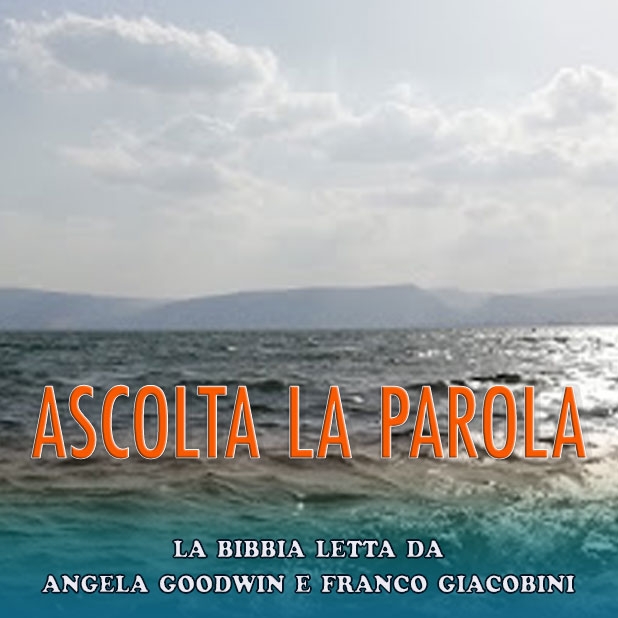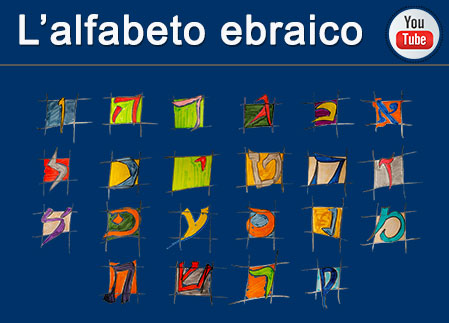Cardinal John Willebrands
Italia 05/21/1970
I am very happy that it has fallen to my lot to inaugurate this centre, and to greet all, who by their presence on this occasion show their understanding of, and participation in its important aims, and, at the same time, recognize the spirit of self-sacrifice of those who have taken this initiative and who have borne and will continue to bear its burden day by day for many years to come.I would like to illustrate the significance and importance of this undertaking by a parallel which, despite its limitations, seems to me to be very enlightening. A few days ago the second part of the Ecumenical Directory, centred solely on the theme of Ecumenism in Higher Education, was released to the Press. This document was prepared by the Secretariat for Christian Unity in collaboration with Episcopal Conferences and Dicasteries of the Church's central government particularly interested in the subject. The purpose of this document is to stimulate and organize the practical application of Catholic Ecumenical principles in the vast field of University education. Now, although SIDIC is a private initiative, its aim is to stimulate and assist in the practical application of the Council decision expressed in Nostra Aetate on the attitude of the Church towards non-Christian religions. It aims particularly at helping those who, in one way or another, are dedicated to studying means of putting these decisions into practice. In this document the Church clearly and solemnly affirmed the fundamental importance of dialogue and expressed its strong desire that it should be undertaken and developed by all its members and at all levels. Such a solemn declaration appears all the more important when consideredin the light of the concrete circumstances in which it was drawn up; that is, if we remember the difficulties which had to be overcome before this short, but important document was finally accepted. It is well known how the President of the Secretariat for Unity, who had taken this cause so much to heart, declared at its successful ending: "If I had foreseen the many difficulties and obstacles which would have to be overcome, I do not know whether I would have had the courage to face the problem."
In the Church today the same desire for dialogue exists, and often the situation which confronts the Church is exactly the same as that which our Secretariat had to face again and again during the Council. Indeed, in the context of the tragic conflict in the Middle East it is delicate, and difficult, to make it fully understood that the Church's motives in calling for, and in promoting, dialogue with the Jewish people, are purely religious ones. Precisely because of this it seems to me opportune on this occasion to stress the Church's true desire, while drawing attention to the difficuties which this desire encounters, against which it has to struggle.
From what I have already said the importance of the Centre, which we are now inaugurating, is self-evident. Its aim is to provide the necessary conditions for dialogue, and then, (this is its decisive role) to be at the service of those who assume the responsibility for this dialogue. The Church is truly grateful to the Congregation of Our Lady of Sion for all that it has so far achieved in this difficult field, and for undertaking the present expansion of its activities.
May I be allowed to emphasize some aspects of the new direction taken by this congregation, to which SIDIC owes its origin? Even before the Council's approbation and promulgation of Nostra Aetate the General Chapter of the Congregation was re-examining its own position and work in the Church, in the light, on the one hand, of the orientations which were taking shape in the Council, and, on the other, of the charism proper to the Congregation and transmitted to it by its founder. Thus, the Superiors of the Chapter asked Cardinal Bea, who had been given the task of preparing the conciliar document on the attitude towards the Jewish people, as it was than called, to outline to the General Chapter both the directives of the Council and a programme which would enable the Congregation to apply them to its life and apostolic activity — of course within the context of its original charism. This was the memorable day of January 15, 1964. By studying the suggestions of the Cardinal and their practical application, the Chapter established guide lines for a new orientation, which were further elaborated at the following chapter and other meetings of the Congregation. It was from this fertile soil that the providential initiative for SIDIC came into being. This centre of documentation and information with its well-trained members, today comes to the centre of the city from Via Garibaldi, so that it can be near to, and at the service of, as many students as possible, who, in different ways, are engaged or will be engaged, in dialogue with the Jewish people.
It is hardly necessary to point out the importance of this move to the centre of the city. Rome, centre of tourism, of classical and modern culture, where the oldest Jewish Community of the west was founded, offers many advantages for such a work, but to be real service the Centre needed to be easily accessible. This condition is realized today. It is now within easy reach for the numerous Christians, who visit the Eternal City each year. Even more important, it seems to me, is the fact that the Centre is now close at hand for the students, particularly Church students who come to Rome from all over the world to do their ecclesiastical studies in the Universities of the city. Whether studying the basic material of theology which is the History of Salvation, or studying the life of the Churchin the world, they will inevitably come into contact in various ways with the Chosen People of the Old Testament in its past and in its present history. At SIDIC these students will find unique documentation on both of these aspects. To this must be added the fact that its position in the centre of the city offers the possibility of collaboration with the Pontifical Universities. The specialized information to be found here will complete that of the Universities and vice versa.
All that I have briefly mentioned constitutes so many reasons for congratulations of the Sisters of Our Lady of Sion, and especially those Sisters responsible for transfering the Centre to the heart of the city where they are at the service of all. It is now almost impossible to be unaware of their presence in Rome. I would like to add my very best wishes and prayers that, in this new setting, the Centre's activity, often discreet and hidden but none the less effective, may help to form men who will later develop and advance the dialogue which is essential for the life of the Church because it touches her very roots as the Declaration on non-Christian religions states: "The Church of Christ recognizes that its faith and election are already found in the Patriarchs, Moses and the Phophets, and this according to the divine plan of salvation." (No. 4) To these wishes is linked the desire that this Centre may find many willing collaborators in intellectual and scientific fields; in the field of spiritual assistance of prayer; and, it must be said, material assistance, too. It is not difficult to imagine the daily sacrifices demanded of those who have undertaken this work and the new centre will be still more demanding in many new ways. With God's help, may it develop and flourish, and may it find full support from the Church because the dialogue with the Jewish people expressly asked for by the Council, is a duty which touches every member of the Church.
554 visualizzazioni.
Inserito 01/01/1970
Relazioni Ebraico-Cristiane
Ultime novità nel sito
- 19/04/2020: Articolo - L’enigma della Maddalena
- 23/02/2020: Articolo - Il locus amoenus nelle catacombe ebraiche e cristiane di Roma
- 16/02/2020: Articolo - Il profetismo nel Vicino Oriente antico
- 13/02/2020: Articolo - I Profeti della Cappella Sistina
- 09/02/2020: Articolo - Gerusalemme e la Terra Santa di Israele


